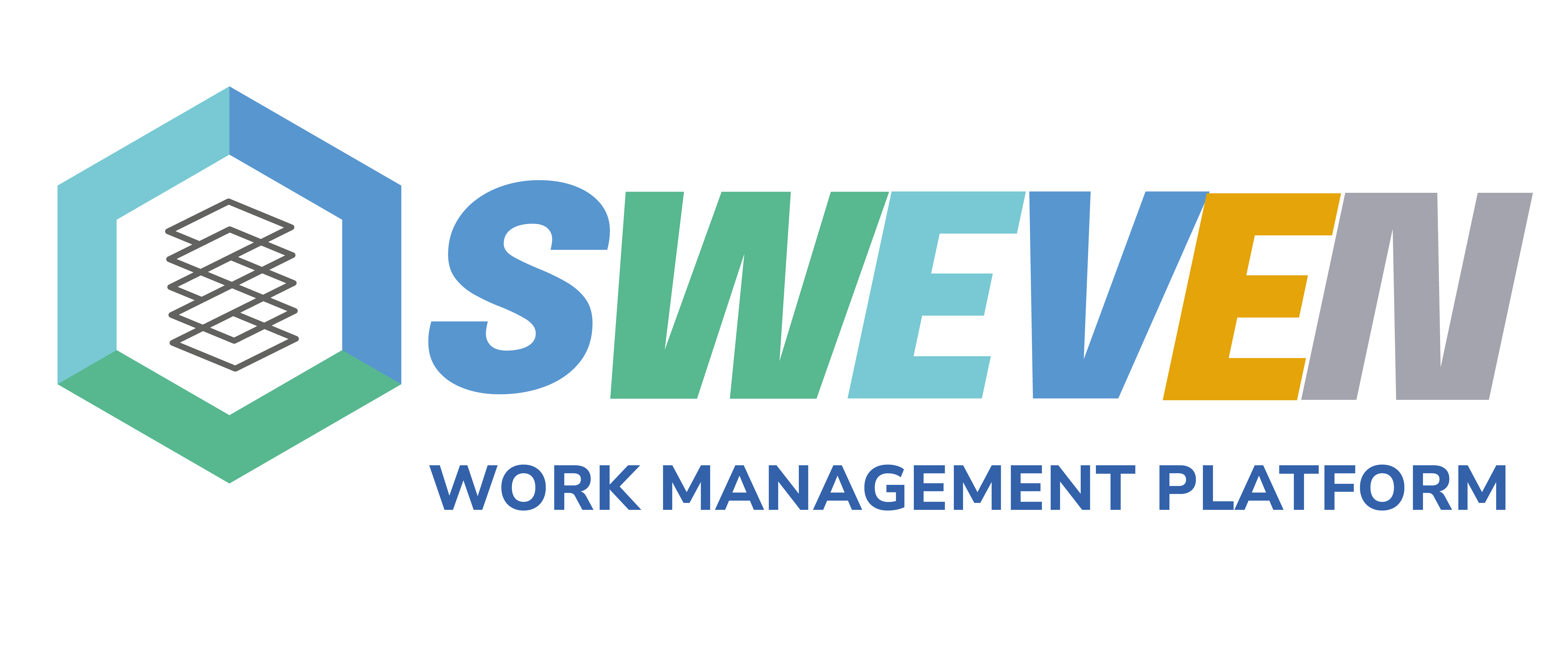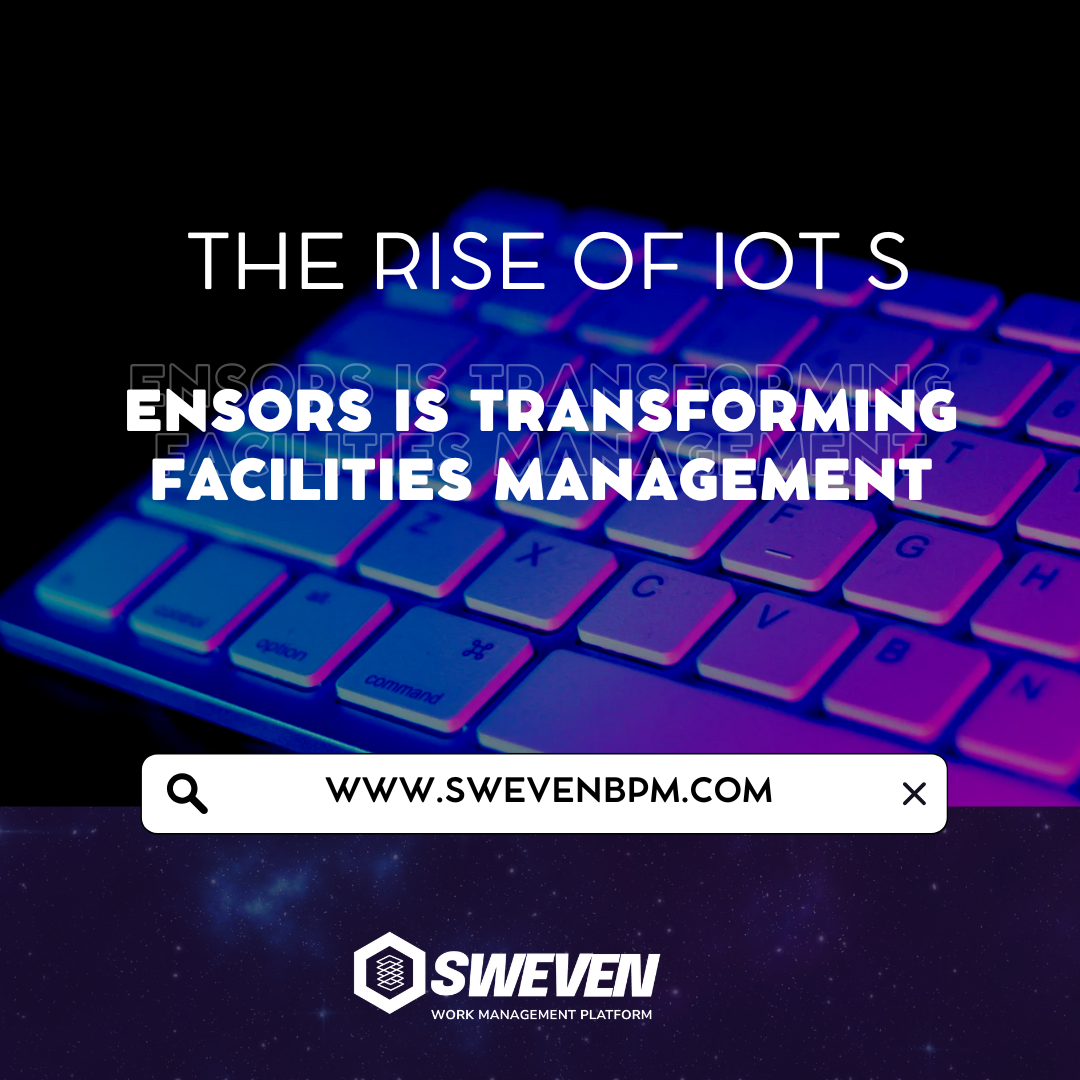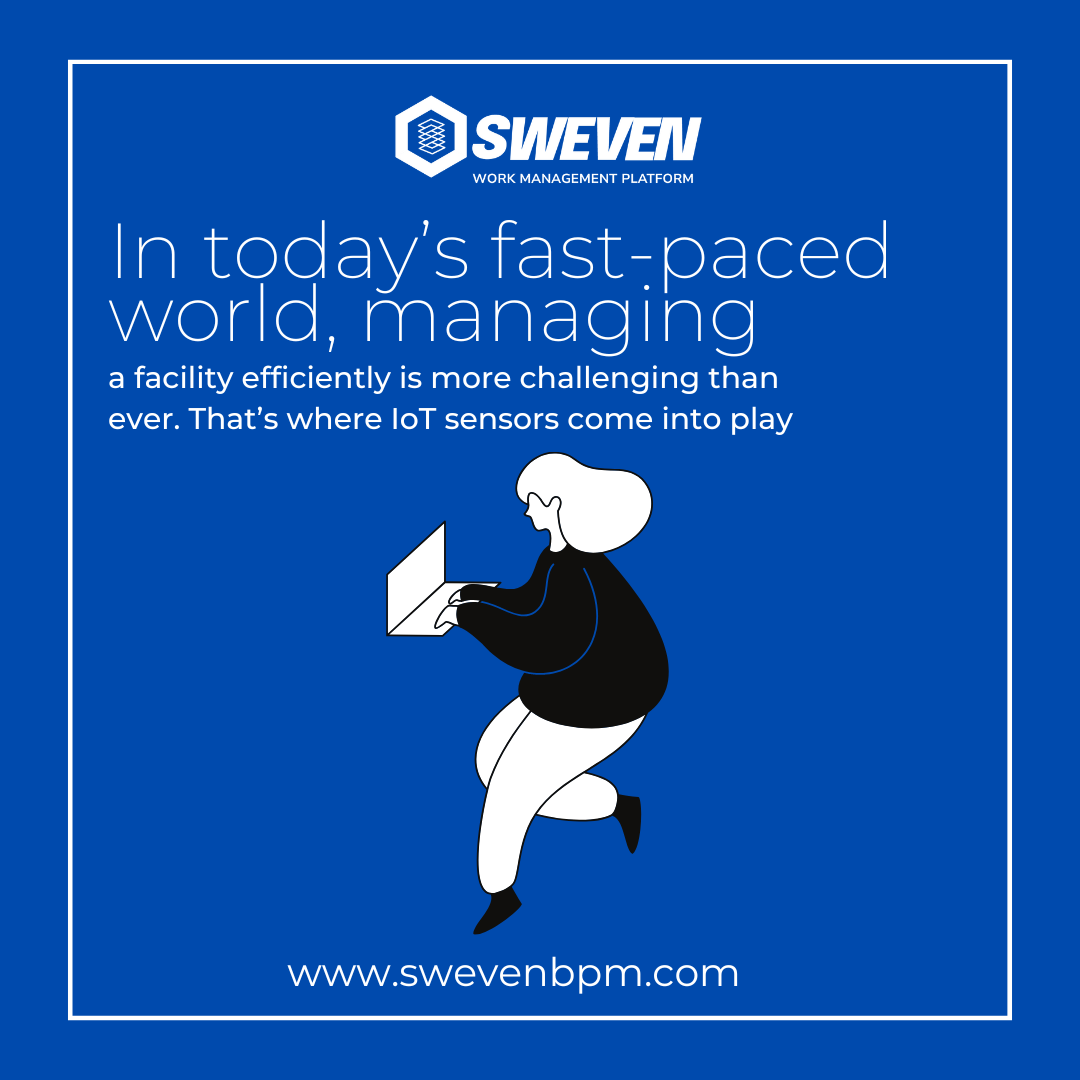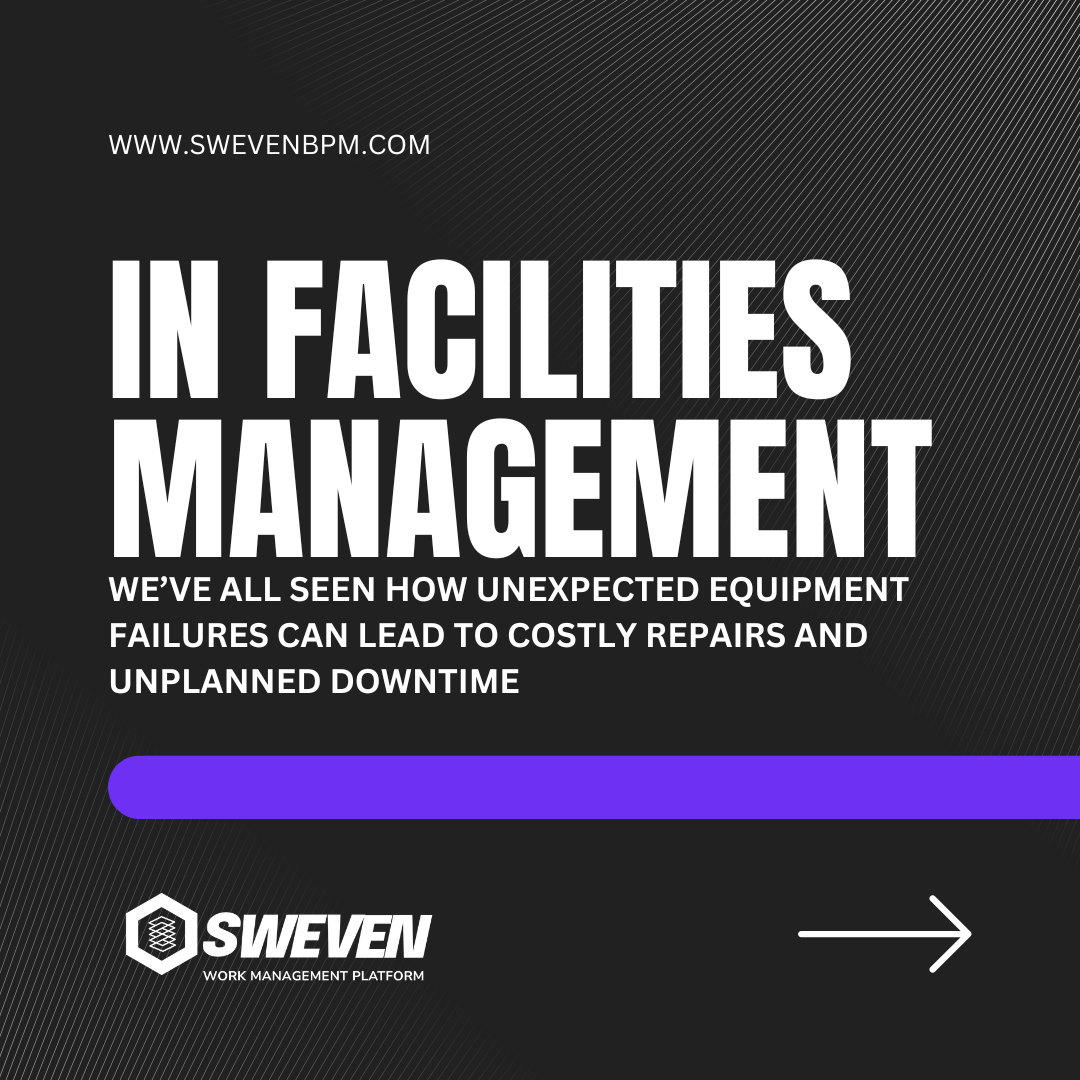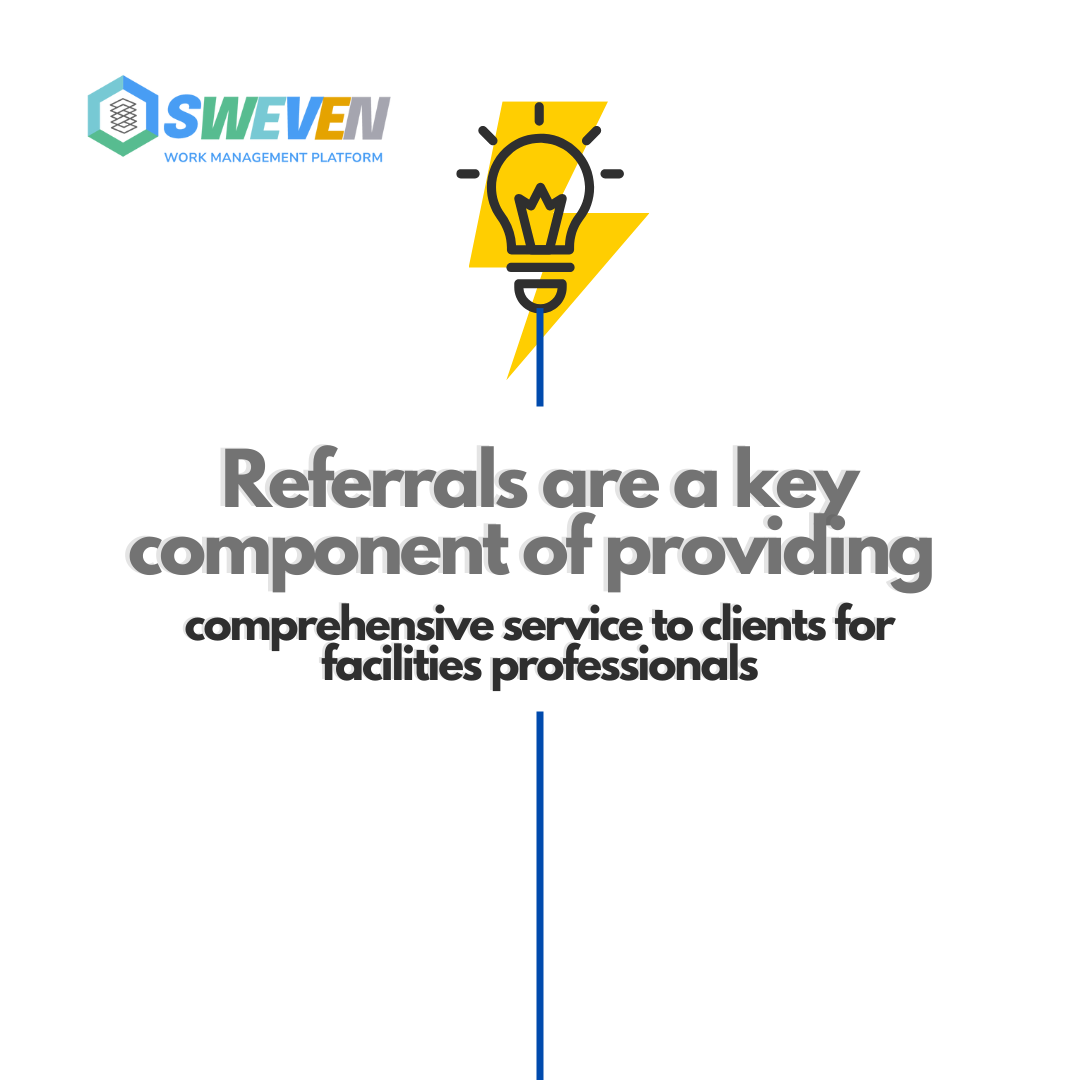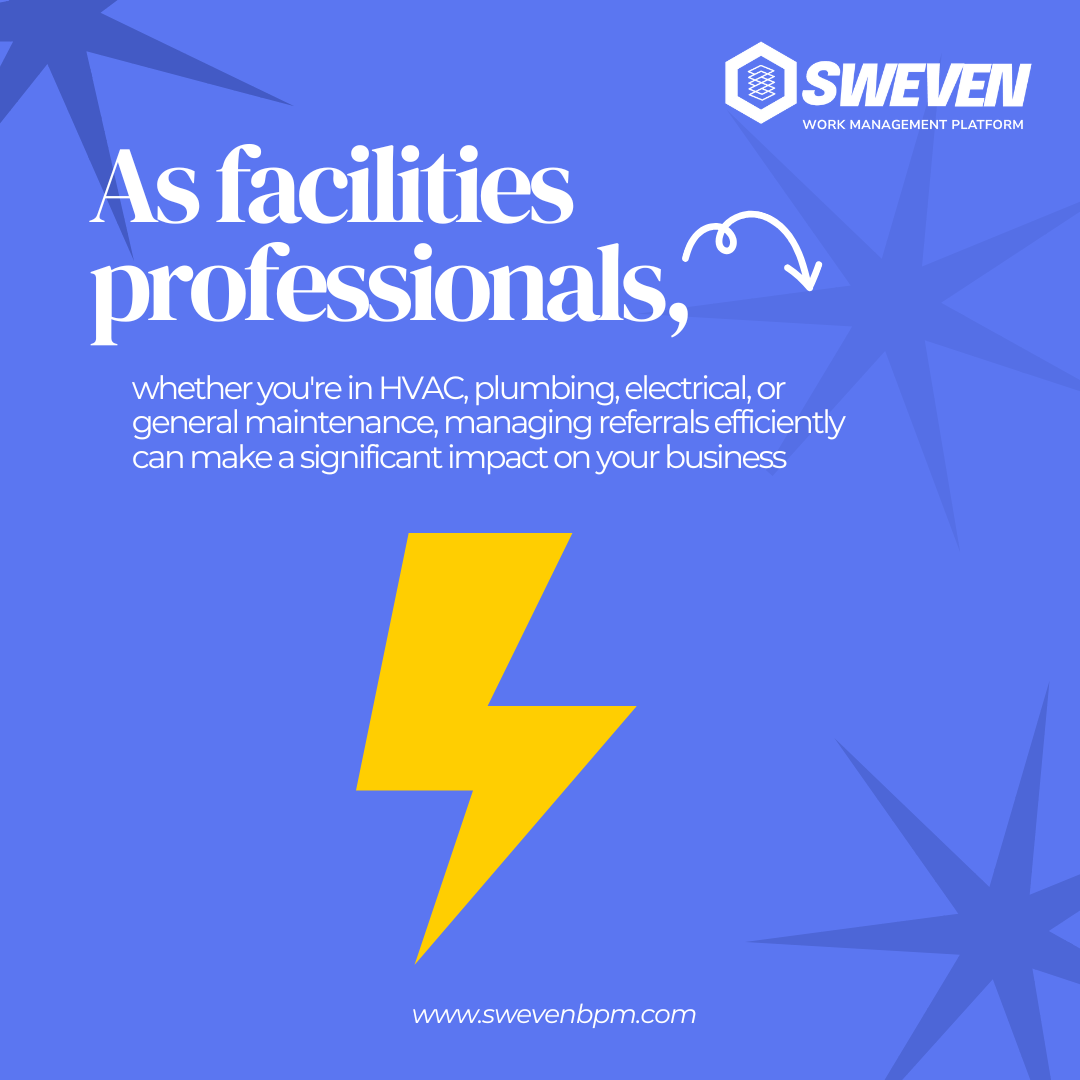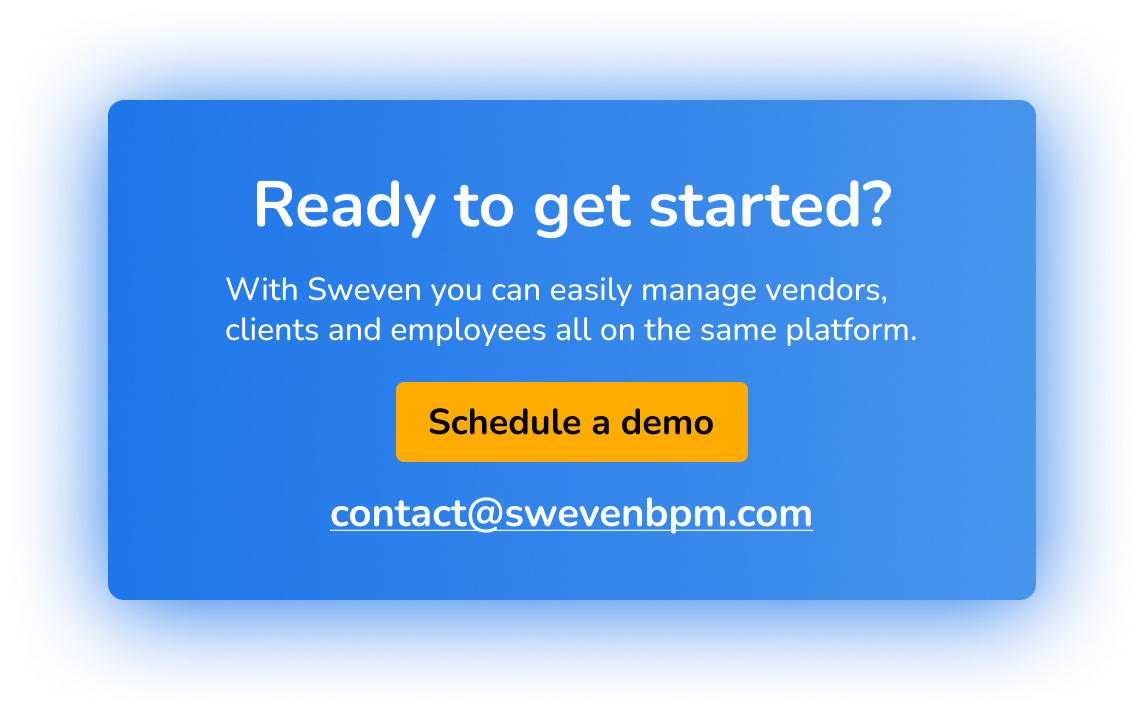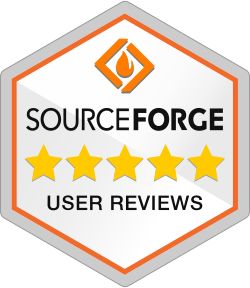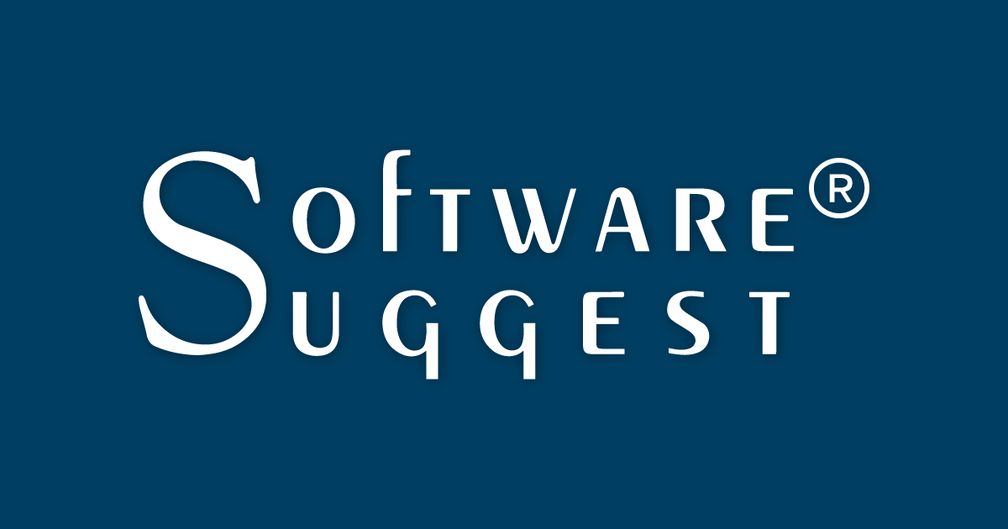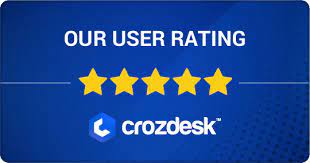Introduction:
In the ever-evolving landscape of technology, businesses often grapple with the challenge of integrating new vendor solutions into their existing infrastructure seamlessly. The lack of compatibility with the facility’s current technology systems in vendor management can lead to inefficiencies, increased costs, and operational bottlenecks. The key to overcoming these challenges lies in prioritizing integration and interoperability. In this blog, we will delve into strategies to enhance compatibility and streamline vendor management processes.
- Establish Clear Technology Standards:
The foundation of successful integration begins with the establishment of clear technology standards. This involves defining a set of guidelines and protocols that all vendors must adhere to when developing or updating their systems. Standardization not only ensures a more cohesive technology environment but also facilitates easier integration of new solutions. By setting clear expectations from the outset, businesses can create a unified ecosystem that minimizes conflicts between different technologies.

- Conduct Thorough Assessments of Vendor Systems:
Before embarking on the integration journey, it is imperative to conduct thorough assessments of vendor systems. This involves a comprehensive review of the technology stack, identifying potential points of integration, and evaluating compatibility with existing infrastructure. Engaging in due diligence early in the vendor selection process allows businesses to choose solutions that align with their technological requirements, reducing the risk of post-implementation challenges.
- Collaborate Closely with Vendors:
Collaboration is key to seamless integration. Businesses should establish open lines of communication with vendors, fostering a collaborative environment for addressing compatibility issues. Regular consultations, joint workshops, and transparent discussions help align expectations and ensure that both parties are working towards the common goal of successful integration. Vendors, armed with a clear understanding of the facility’s technology landscape, can provide tailored solutions that fit seamlessly into the existing infrastructure.

- Implement Flexible and Scalable Solutions:
Flexibility and scalability are crucial elements in overcoming compatibility challenges. Implementing solutions that can adapt to changes in technology and business requirements ensures a future-proof integration. Scalable systems allow for expansion without major disruptions, accommodating the growth of both the facility and its vendor network. A flexible approach not only addresses current compatibility issues but also prepares the organization for emerging technologies and evolving industry standards.

- Align with Existing Technology Infrastructure:
To ensure a smooth integration process, it is essential to align new vendor solutions with the facility’s existing technology infrastructure. This involves assessing how the new systems interact with current applications, databases, and networks. Integration should be a cohesive process that considers the holistic technology environment, aiming for synergy rather than disjointed functionality. By aligning with existing infrastructure, businesses can optimize resources and reduce the learning curve for end-users.
Conclusion:
In the dynamic landscape of vendor management, integration and interoperability serve as the linchpin for success. By establishing clear technology standards, conducting thorough assessments, collaborating closely with vendors, and implementing flexible solutions aligned with existing infrastructure, businesses can overcome compatibility challenges and create a harmonious technological ecosystem. Prioritizing integration is not just a solution to current problems; it is an investment in the future, ensuring that the facility remains agile, efficient, and ready to embrace the innovations that lie ahead.
